#art advice…
Text
pc’s art..thingy of the…whatever (( forgot the shit ))
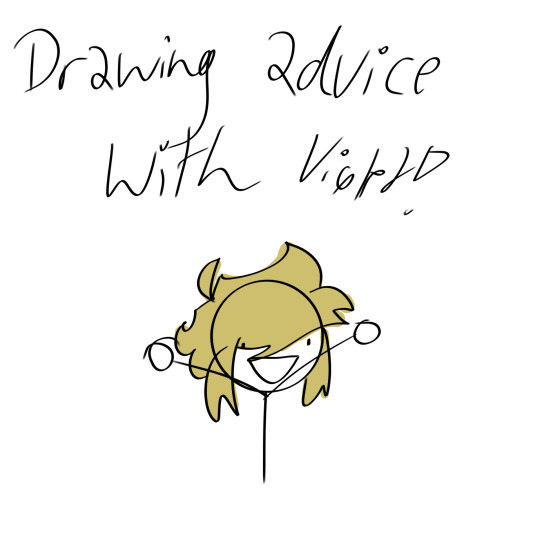



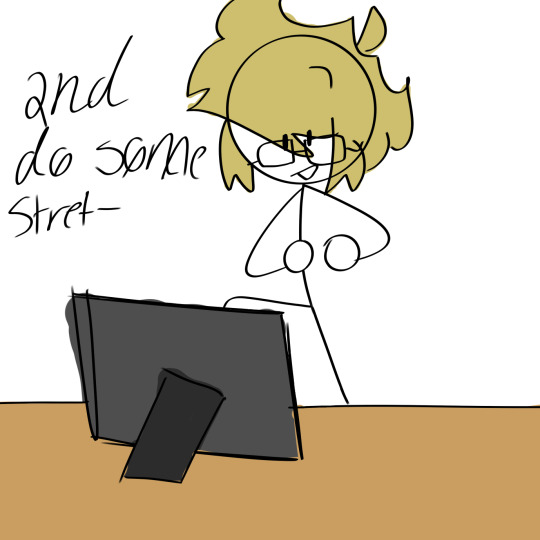
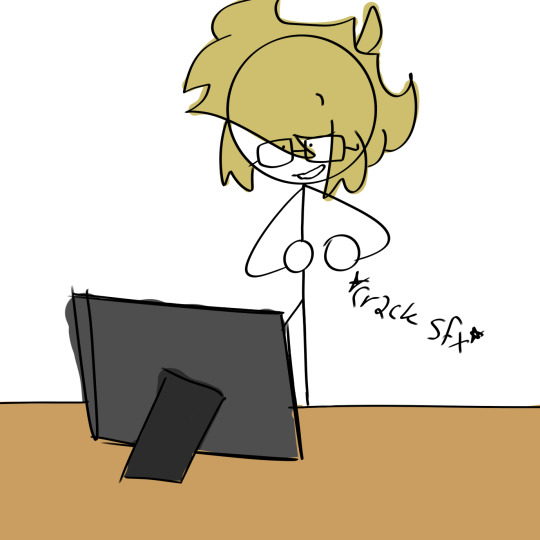

get well humans of this earth
3 / 21 / 2024
wow i actually did an art…WHOS PROUD OF ME ?! :DDDDDD
edit : SHAT I FORGOT TO ADD THE INSPO IM SORRY--
based off of this post here
#art#actual art#i actually did art#be proud#pls#art advice…#enjoy#dont do this at home#politicalcarrot
11 notes
·
View notes
Text
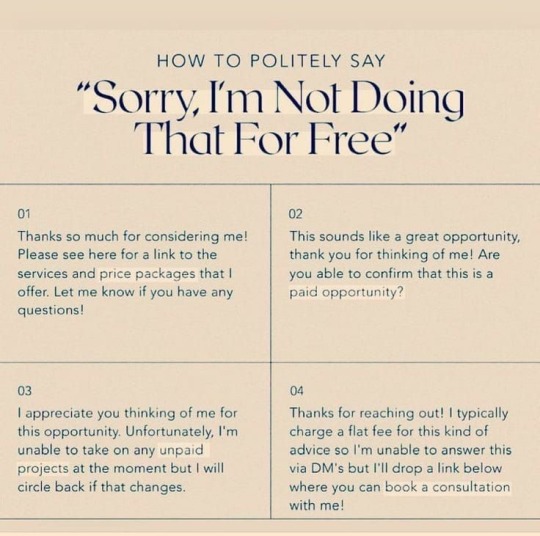
29K notes
·
View notes
Text
A general cane guide for writers and artists (from a cane user, writer, and artist!)
Disclaimer: Though I have been using a cane for 6 years, I am not a doctor, nor am I by any means an expert. This guide is true to my experience, but there are as many ways to use a cane as there are cane users!
This guide will not include: White canes for blindness, crutches, walkers, or wheelchairs as I have no personal experience with these.
This is meant to be a general guide to get you started and avoid some common mishaps/misconceptions in your writing, but you absolutely should continue to do your own research outside of this guide!
This is NOT a medical resource!!! And never tell a real person you think they're using a cane wrong!

The biggest recurring problem I've seen is using the cane on the wrong side. The cane goes on the opposite side of the pain! If your character has even-sided pain or needs it for balance/weakness, then use the cane in the non-dominant hand to keep the dominant hand free. Some cane users also switch sides to give their arm a rest!
A cane takes about 20% of your weight off the opposite leg. It should fit within your natural gait and become something of an extension of your body. If you need more weight off than 20%, then crutches, a walker, or a wheelchair is needed.
Putting more pressure on the cane, using it on the wrong side, or having it at the wrong height can make it less effective, and can cause long term damage to your body from improper pressure and posture. (Hugh Laurie genuinely hurt his body from years of using a cane wrong on House!)
(some people elect to use a cane wrong for their personal situation despite this, everyone is different!)
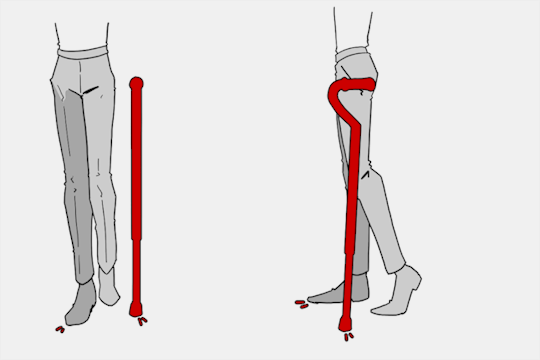
(an animated GIF of a cane matching the natural walking gait. It turns red when pressure is placed on it.)
When going up and down stairs, there is an ideal standard: You want to use the handrail and the cane at the same time, or prioritize the handrail if it's only on one side. When going up stairs you lead with your good leg and follow with the cane and hurt leg together. When going down stairs you lead with the cane and the bad leg and follow with the good leg!
Realistically though, many people don't move out of the way for cane users to access the railing, many stairs don't have railings, and many are wet, rusty, or generally not ideal to grip.
In these cases, if you have a friend nearby, holding on to them is a good idea. Or, take it one step at a time carefully if you're alone.
Now we come to a very common mistake I see... Using fashion canes for medical use!
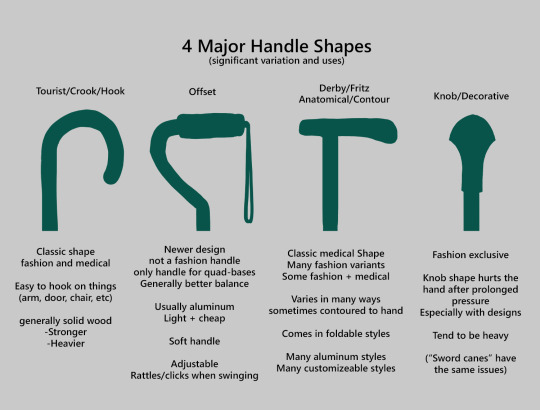
(These are 4 broad shapes, but there is INCREDIBLE variation in cane handles. Research heavily what will be best for your character's specific needs!)
The handle is the contact point for all the weight you're putting on your cane, and that pressure is being put onto your hand, wrist, and shoulder. So the shape is very important for long term use!
Knob handles (and very decorative handles) are not used for medical use for this reason. It adds extra stress to the body and can damage your hand to put constant pressure onto these painful shapes.
The weight of a cane is also incredibly important, as a heavier cane will cause wear on your body much faster. When you're using it all day, it gets heavy fast! If your character struggles with weakness, then they won't want a heavy cane if they can help it!
This is also part of why sword canes aren't usually very viable for medical use (along with them usually being knob handles) is that swords are extra weight!
However, a small knife or perhaps a retractable blade hidden within the base might be viable even for weak characters.
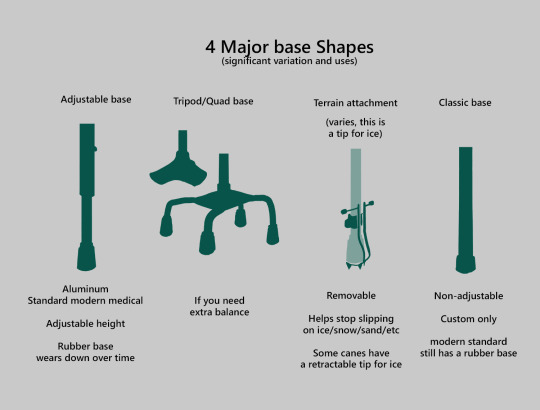
Bases have a lot of variability as well, and the modern standard is generally adjustable bases. Adjustable canes are very handy if your character regularly changes shoe height, for instance (gotta keep the height at your hip!)
Canes help on most terrain with their standard base and structure. But for some terrain, you might want a different base, or to forego the cane entirely! This article covers it pretty well.
Many cane users decorate their canes! Stickers are incredibly common, and painting canes is relatively common as well! You'll also see people replacing the standard wrist strap with a personalized one, or even adding a small charm to the ring the strap connects to. (nothing too large, or it gets annoying as the cane is swinging around everywhere)
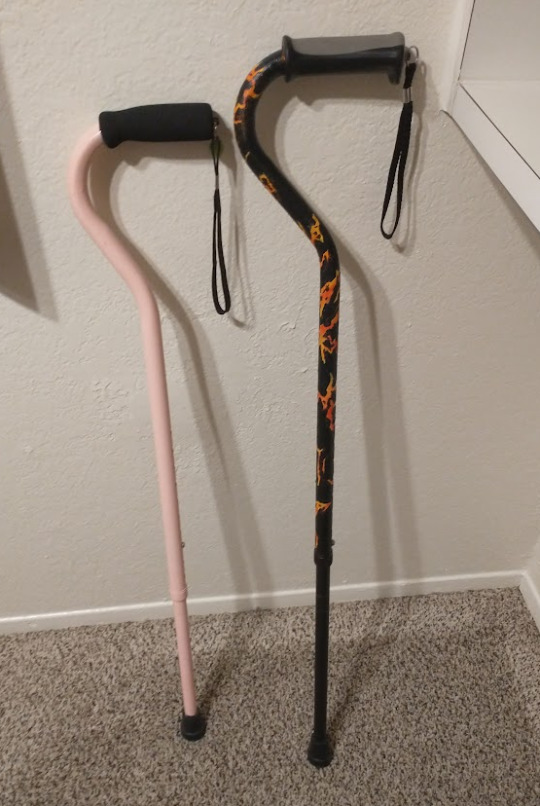
(my canes, for reference)
If your character uses a cane full time, then they might also have multiple canes that look different aesthetically to match their outfits!
When it comes to practical things outside of the cane, you reasonably only have one hand available while it's being used. Many people will hook their cane onto their arm or let it dangle on the strap (if they have one) while using their cane arm, but it's often significantly less convenient than 2 hands. But, if you need 2 hands, then it's either setting the cane down or letting it hang!
For this reason, optimizing one handed use is ideal! Keeping bags/items on the side of your free hand helps keep your items accessible.

When sitting, the cane either leans against a wall or table, goes under the chair, or hooks onto the back of the chair. (It often falls when hanging off of a chair, in my experience)
When getting up, the user will either use their cane to help them balance/support as they stand, or get up and then grab their cane. This depends on what it's being used for (balance vs pain when walking, for instance!)
That's everything I can think of for now. Thank you for reading my long-but-absolutely-not-comprehensive list of things to keep in mind when writing or drawing a cane user!
Happy disability pride month! Go forth and make more characters use canes!!!
#mobility aid#cane user#writing tips#writing advice#drawing tips#art tutorial#art tips#art reference#art resources#art help#my art#long post
73K notes
·
View notes
Text
Something I try to keep in mind when making art that looks vintage is keeping a limited color pallette. Digital art gives you a very wide, Crisp scope of colors, whereas traditional art-- especially older traditional art-- had a very limited and sometimes dulled use of color.
This is a modern riso ink swatch, but still you find a similar and limited selection of colors to mix with. (Mixing digitally as to emulate the layering of ink riso would be coloring on Multiply, and layering on top of eachother 👉)

If you find some old prints, take a closer look and see if you can tell what colors they used and which ones they layered... a lot of the time you'll find yellow as a base!
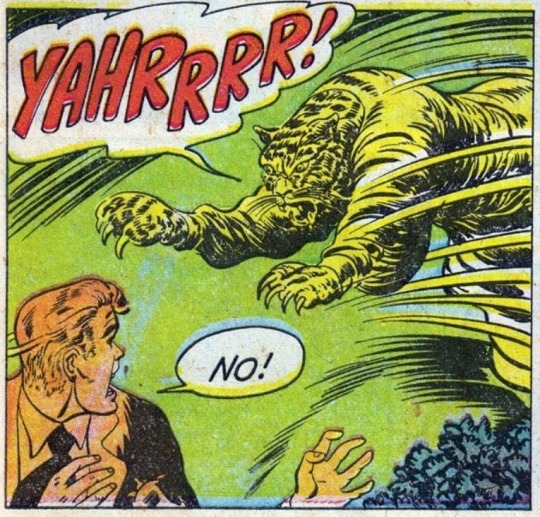
Misprints can really reveal what colors were used and where, I love misprints...
Something else I keep in the back of my mind is: how the human eye perceives color on paper vs. a screen. Ink and paint soaks into paper, it bleeds, stains, fades over time, smears, ect... the history of a piece can show in physical wear. What kind of history do you want to emulate? Misprinted? Stained? Kept as clean as possible, but unable to escape the bluing damages of the sun? It's one of my favorite things about making vintage art. Making it imperfect!

You can see the bleed, the wobble of the lines on the rug, the fading, the dirt... beautiful!!
Thinking in terms of traditional-method art while drawing digital can help open avenues to achieving that genuine, vintage look!


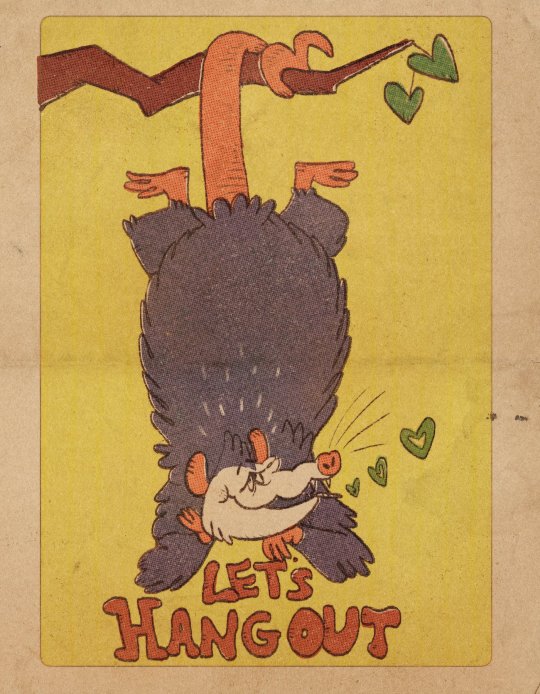
#talkin pasm#art advice#vintage art#the bottom 3 are#my art#but the rest is pulled from old comics :)#also you don't always need halftone or dot brushes to make vintage looking art! most vintage art is painted anyway
45K notes
·
View notes
Text
Can't afford art school?
After seeing post like this 👇

And this gem 👇
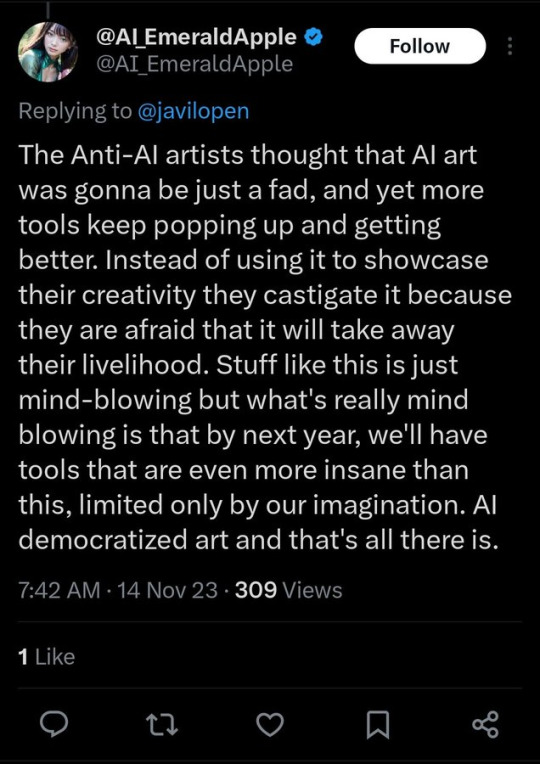
As well as countless of others from the AI generator community. Just talking about how "inaccessible art" is, I decided why not show how wrong these guys are while also helping anyone who actually wants to learn.
Here is the first one ART TEACHERS! There are plenty online and in places like youtube.
📺Here is my list:
Proko (Free, mostly teaches anatomy and how to draw people. But does have art talks and teaches the basics.)
Marc Brunet (Free but he does have other classes for a cheap price. Use to work for Blizzard and teaches you everything)
Aaron Rutten (free, tips about art, talks about art programs and the best products for digital art)
BoroCG (free, teaches a verity of art mediums from 3D modeling to digital painting. As well as some tips that can be used across styles)
Jesse J. Jones (free, talks about animating)
Jesus Conde (free, teaches digital painting and has classes in Spanish)
Mohammed Agbadi (free, he gives some advice in some videos and talks about art)
Ross Draws (free, he does have other classes for a good price. Mostly teaching character designs and simple backgrounds.)
SamDoesArts (free, gives good advice and critiques)
Drawfee Show (free, they do give some good advice and great inspiration)
The Art of Aaron Blaise ( useful tips for digital art and animation. Was an animator for Disney. Mostly nature art)
Bobby Chiu ( useful tips and interviews with artist who are in the industry or making a living as artist)
Sinix Design (has some tips on drawing people)
Winged canvas (art school for free on a verity of mediums)
Bob Ross (just a good time, learn how to paint, as well as how too relax when doing art. "there are no mistakes only happy accidents", this channel also provides tips from another artist)
Scott Christian Sava (Inspiration and provides tips and advice)
Pikat (art advice and critiques)
Drawbox (a suggested cheap online art school, made of a community of artist)
Skillshare (A cheap learning site that has art classes ranging from traditional to digital. As well as Animation and tutorials on art programs. All under one price, in the USA it's around $34 a month)
Human anatomy for artist (not a video or teacher but the site is full of awesome refs to practice and get better at anatomy)
Second part BOOKS, I have collected some books that have helped me and might help others.
📚Here is my list:
The "how to draw manga" series produced by Graphic-sha. These are for manga artist but they give great advice and information.
"Creating characters with personality" by Tom Bancroft. A great book that can help not just people who draw cartoons but also realistic ones. As it helps you with facial ques and how to make a character interesting.
"Albinus on anatomy" by Robert Beverly Hale and Terence Coyle. Great book to help someone learn basic anatomy.
"Artistic Anatomy" by Dr. Paul Richer and Robert Beverly Hale. A good book if you want to go further in-depth with anatomy.
"Directing the story" by Francis Glebas. A good book if you want to Story board or make comics.
"Animal Anatomy for Artists" by Eliot Goldfinger. A good book for if you want to draw animals or creatures.
"Constructive Anatomy: with almost 500 illustrations" by George B. Bridgman. A great book to help you block out shadows in your figures and see them in a more 3 diamantine way.
"Dynamic Anatomy: Revised and expand" by Burne Hogarth. A book that shows how to block out shapes and easily understand what you are looking out. When it comes to human subjects.
"An Atlas of animal anatomy for artist" by W. Ellenberger and H. Dittrich and H. Baum. This is another good one for people who want to draw animals or creatures.
Etherington Brothers, they make books and have a free blog with art tips.
📝As for Supplies, I recommend starting out cheap, buying Pencils and art paper at dollar tree or 5 below. If you want to go fancy Michaels is always a good place for traditional supplies. They also get in some good sales and discounts. For digital art, I recommend not starting with a screen art drawing tablet as they are usually more expensive.
For the Best art Tablet I recommend either Xp-pen, Bamboo or Huion. Some can range from about 40$ to the thousands.
💻As for art programs here is a list of Free to pay.
Clip Studio paint ( you can choose to pay once or sub and get updates. Galaxy, Windows, macOS, iPad, iPhone, Android, or Chromebook device. )
Procreate ( pay once for $9.99, IPAD & IPHONE ONLY)
Blender (for 3D modules/sculpting, animation and more. Free)
PaintTool SAI (pay but has a 31 day free trail)
Krita (Free)
mypaint (free)
FireAlpaca (free)
Libresprite (free, for pixel art)
Drawpile (free and for if you want to draw with others)
IbisPaint (free, phone app ONLY)
Medibang (free, IPAD ONLY)
NOTE: Some of these can work on almost any computer like Clip and Sai but others will require a bit stronger computer like Blender. Please check their sites for if your computer is compatible.
So do with this information as you will but as you can tell there are ways to learn how to become an artist, without breaking the bank. The only thing that might be stopping YOU from using any of these things, is YOU.
I have made time to learn to draw and many artist have too. Either in-between working two jobs or taking care of your family and a job or regular school and chores. YOU just have to take the time or use some time management, it really doesn't take long to practice for like an hour or less. YOU also don't have to do it every day, just once or three times a week is fine.
Hope this was helpful and have a great day.
"also apologies for any spelling or grammar errors, I have Dyslexia and it makes my brain go XP when it comes to speech or writing"
38K notes
·
View notes
Text
this showed up in my FB memories, the lightning bolt trick! I don't sketch out the lightning bolt much nowadays but it's still super helpful when I need to lay out tricky arms and leg poses. And I still apply the logic of it, especially with how I draw arms :' ) Biggest thing it helps with is shape breakdown and visualization, we gotta use whatever works to break down shapes into simpler concepts for our brains 👏💓

10K notes
·
View notes
Text
Artists, let’s talk about Instagram commission scammers
There’s been a huge rise in commission scammers recently, mostly on Instagram. A lot of new artists don’t know what to look out for, so I figured this might help people.
How they begin
Usually the scammer will write to you asking about a commission. Something deceptively cute - mostly I encounter asks about pet portraits, with one or two photos sent. They’ll probably try to sell you a sweet little story, like “It’s for my son’s birthday”. They will insist that they love your artwork and style, even though they don’t follow you or never liked a single piece of your art.
What to look out for:
Their profiles will either be private, empty, or filled with very generic stuff, dating at most a few years back.
Their language will be very simple, rushed or downright bad. They might use weird emojis that nobody ever uses. They will probably send impatient “??” when you don’t answer immediately. They’re in a crunch - lots of people to scam, you know.
They’ll give you absolutely no guidelines. No hints on style, contents aside from (usually) the pet and often a name written on the artwork, no theme. Anything you draw will be perfect. Full artistic freedom. In reality they don’t really care for this part.
They’ll offer you a ridiculous amount of money. Usually 100 or 300 USD (EDIT: I know it might not be a lot for some work. What I mean here - way higher than your asking price, 100 and 300 are standard rates they give). They’ll often put in a phrase like “I am willing to compensate you financially” and “I want the best you can draw”, peppered with vague praise. It will most likely sound way too good to be true. That’s because it is.
Where the scam actually happens
If you agree, they will ask you for a payment method. They’ll try to get to this part as soon as possible.
Usually, they’ll insist on PayPal. And not just any PayPal. They’ll always insist on sending you a transfer immediately. None of that PayPal Invoice stuff (although some do have methods for that, too). They’ll really, REALLY want to get your PayPal email address and name for the transfer - that’s what they’re after. If you insist on any other method, they’ll just circle back to the transfer “for easiest method”. If you do provide them with the info, most likely you’ll soon get a scam email. It most likely be a message with a link that will ultimately lead to bleeding you dry. Never, and I mean NEVER click on any emails or links you get from them. It’s like with any other scam emails you can ever get.
A few things can happen here:
They overpay you and ask for the difference to be wired back. Usually it will go to a different account and you’ll never see that money again.
They’ll overpay you “for shipping costs” and ask you to forward the difference to their shipping company. Just like before, you’ll never see that money again.
The actual owner of the account (yes, they most likely use stolen accounts to wire from) will realize there’s been something sketchy going on and request a refund via official channels. Your account will be charged with fees and/or you get in trouble for fraudulent transactions.
You will transfer the money from your PayPal credit to your bank account and they will make a shitstorm when they want their money back, making your life a living hell. They will call you a scammer, a thief, make wild claims, wearing you down and forcing you into wiring money “back” - aka to their final destination account.
Never, EVER wire money to anyone. This is not how it’s supposed to go. Use PayPal Invoice for secure exchanges where the client needs to provide you with their email, not the other way around.
You can find more info on that method HERE.
What to do when you encounter a scammer:
Ask the right questions: inquire about the style, which artwork of yours they like, as much details as you can. They won’t supply you with any good answers.
Don’t let the rush of the exchange, their praise and the promise of insanely good money to get to you. That’s how they operate, that’s how they make you lose vigilance.
Don’t engage them. As soon as you realize it might be a scam, block them. The sense of urgency they create with their rushed exchange, and pressure they put on you will sooner or later get to you and you might do something that you’ll regret later.
Never wire money to anyone. Never give out your personal data. Never provide your email, name, address or credit card info.
Don’t be deceived by receiving a payment, if you somehow agree to go along with it. Just because it’s there now doesn’t mean it can’t be withdrawn.
Here is a very standard example of such an exchange. I realized it’s a scam pretty fast and went along with it, because I wanted good screenshots for you guys, so I tried going very “by the book” with it.
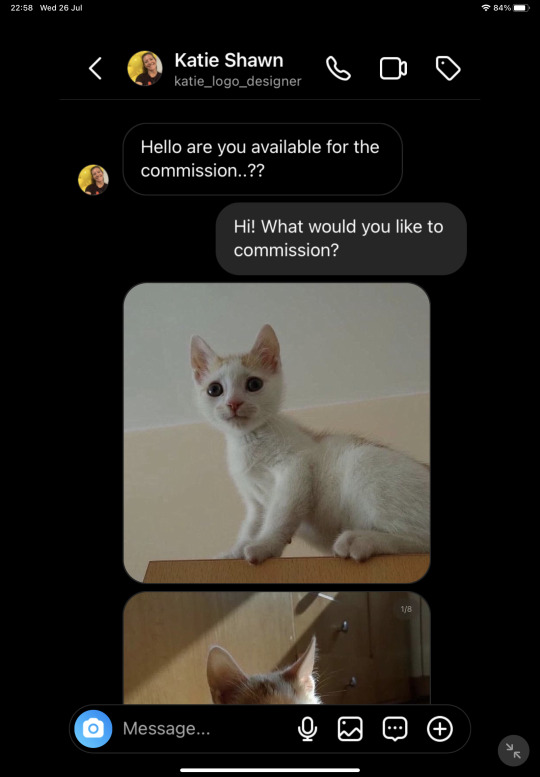





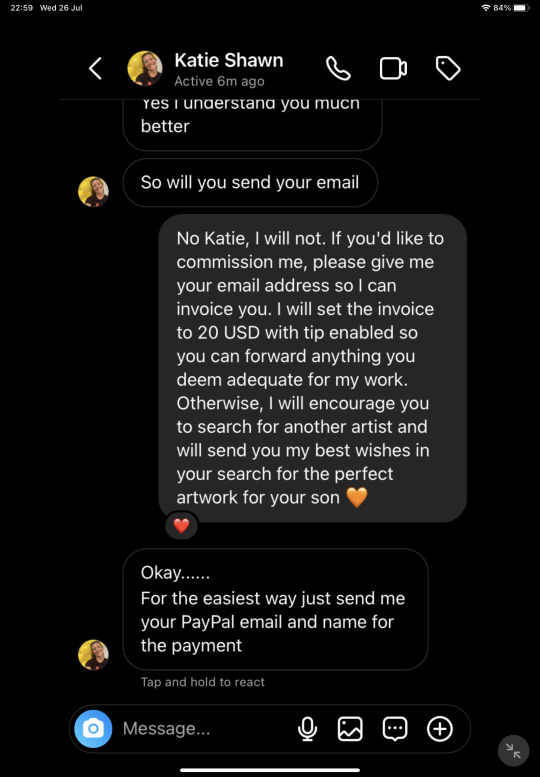
Please share this post, make it reach as many artists as possible. Let young or inexperienced artists know that this is going on. So many people have no idea that this is a thing. Let’s help each other out. If you think I missed any relevant info, do add it as an rb!
Also, if you know other scam methods that you think should be shared, consider rb-ing this post with them below. Having a master post of scam protection would AWESOME to have in the art community.
#art resources#artist help#artist advice#commission advice#scammers#instagram scam#please share with your fellow artists
15K notes
·
View notes
Text
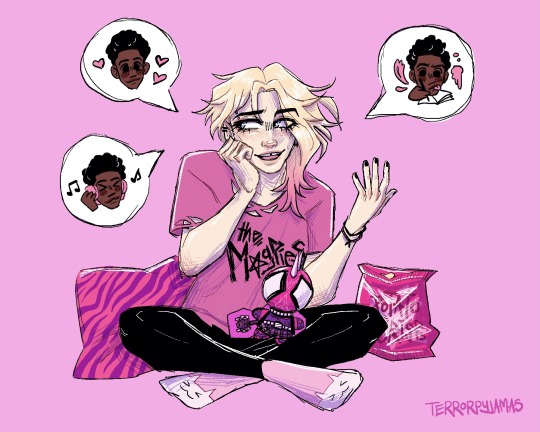

that hc about hobie knowing everything about miles before he even met him
#art tag#across the spiderverse#spiderverse#spiderman#hobie brown#spider punk#gwen stacy#miles molares#hobie brown has two moods#god tier love advice#and HIT HIM WITH YOUR CAR#it's a gamble which one you'll be getting#spider gwen
10K notes
·
View notes
Text
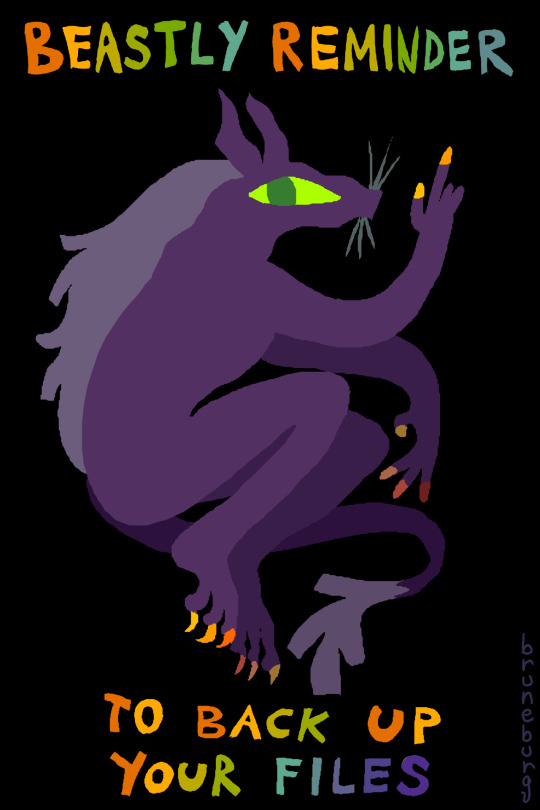
Beastly Reminder
#beastly reminder#reminder beast#beastly reminder to backup your files#beastly reminder to back up your files#back up#backup#psa#advice#bruneburg#bruneburg beastly reminder#bruneburg reminder beast#nailpolish#lineless#eye contact#monster#beast#file safety#art#artists on tumblr#artists of tumblr#anita bruneburg#bruneburg art#bruneburgart#mane#tail#whiskers#beastie#creecher#creature#beaft
6K notes
·
View notes
Text

there’s something faelike about that advisory from outside the apple store. it makes me feel uncomfortable.
7K notes
·
View notes
Text
I got some questions about generating income as an artist! Here’s my attempt to answer a few of them ♥️
2K notes
·
View notes
Text

Relax and stay chill
#love#life#lifestyle#self love#lovers#live#real life#books#advice#animal lover#420stoner#420life#420culture#420daily#420weed#marcos alvarado#mexican#skull art#girlblogging#this is a girlblog#girlblogger#viral
4K notes
·
View notes
Note
hi, i ireally love your work and i don't know if you've answered this before but, what kinds of studies do you do or how did you learn color theory? i wanna get better at rendering and anatomy but im having trouble TT TT
Hi! Long answer alert. Once a chatterbox, always a chatterbox.
When I started actively learning how to draw about 10 1/2 years ago, I exclusively did graphite studies in sketchbooks. Here's a few examples—I mostly stuck to doing line drawings to drill basic shapes/contours and proportions into my brain. The more rendered sketches helped me practice edge control & basic values, and they were REALLY good for learning the actual 3D structure behind what I was drawing.

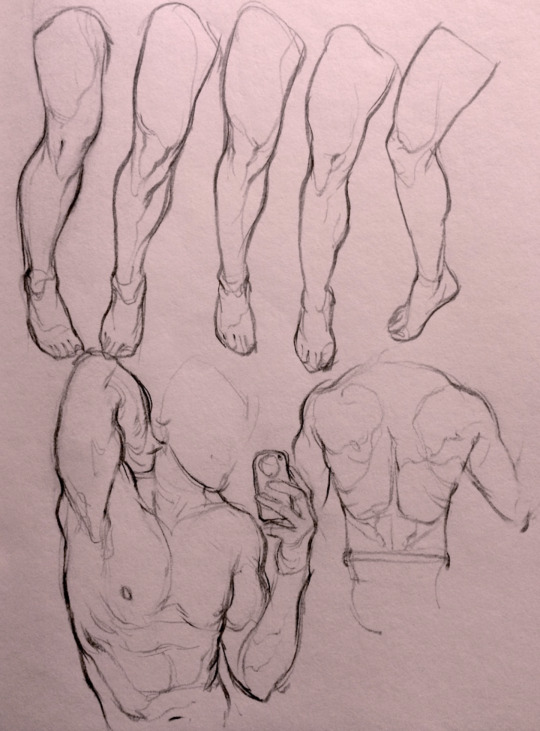

I'd use reference images that I grabbed from fitness forums, Instagram, Tumblr, Pinterest, and some NSFW places, but you could find adequate ref material from figure drawing sites like Line of Action. LoA has refs for people (you can filter by clothed/unclothed, age, & gender), animals, expressions, hands/feet, and a few other useful things as well. Love them.
Learning how to render digitally was a similar story; it helped a lot that I had a pretty strong foundation for value/anatomy going in. I basically didn't touch color at all for ~2 years (except for a few attempts at bad digital or acrylic paint studies), which may not have been the best idea. I learned color from a lot of trial and error, honestly, and I'm pretty sure this process involved a lot of imitation—there were a number of digital/traditional painters whose styles I really wanted to emulate (notably their edge control, color choices, value distributions, and shape design), so I kiiind of did a mixture of that + my own experimentation.
For example, I really found Benjamin Björklund's style appealing, especially his softened/lost edges & vibrant pops of saturated color, so here's a study I did from some photograph that I'm *pretty* sure was painted with him in mind.
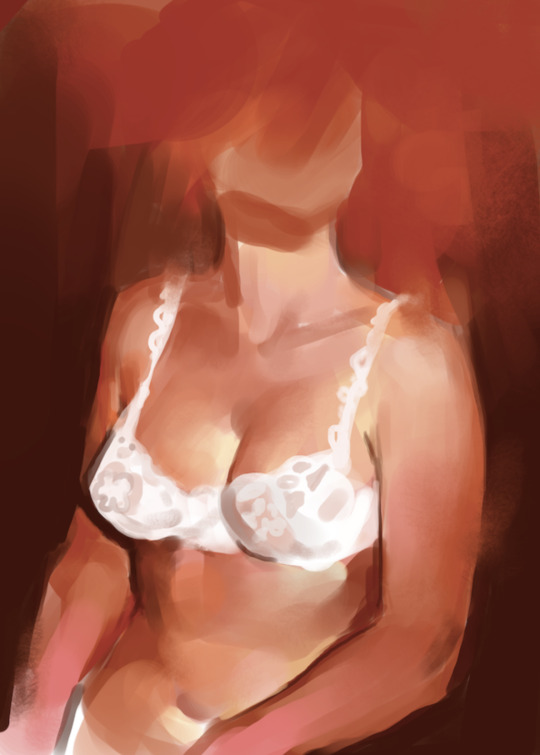
Learning how to detail was definitely a slow process, and like all the aforementioned things (anatomy/color/edge control/values/etc.) I'm still figuring it out. Focusing on edge control first (that is, deciding on where to place hard/soft edges for emphasizing/de-emphasizing certain areas of the image) is super useful, because you can honestly fool a viewer into thinking there's more detail in a piece than there actually is if you're very economical about where you place your hard edges.
The most important part, to me, is probably just doing this stuff over and over again. You're likely not going to see improvement in a few weeks or even a few months, so don't fret about not getting the exact results you want and just keep studying + making art. I like to think about learning art as a process where you *need* to fail and make crappy art/studies—there's literally no way around it—so you might as well fail right now. See, by making bad art you're actually moving forward—isn't that a fun prospect!!
It's useful to have a folder with art you admire, especially if you can dissect the pieces and understand why you like them so much. You can study those aspects (like, you can redraw or repaint that person's work) and break down whether this is art that you just like to look at, or if it's the kind of art that you want to *make.* There's a LOT of art out there that I love looking at, probably tens of thousands of styles/mediums, but there's a very narrow range that I want to make myself.
I've mentioned it in some ask reply in the past, but I really do think looking at other artist's work is such a cheat code for improving your own skills—the other artist does the work to filter reality/ideas for you, and this sort of allows you to contact the subject matter more directly. I can think of so many examples where an artist I admired exaggerated, like, the way sunlight rested on a face and created that orange fringe around its edge, or the greys/dull blues in a wheat field, or the bright indigo in a cast shadow, or the red along the outside of a person's eye, and it just clicked for me that this was a very available & observable aspect of reality, which had up until that point gone completely unnoticed! If you're really perceptive about the art you look at, it's shocking how much it can teach you about how to see the world (in this particular case I mean this literally, in that the art I looked at fully changed the way I visually processed the world, but of course it has had a strong effect on my worldviews/relationships/beliefs).
Thanks so much for sending in a question (& for reading, if you got this far)! I read every single ask I receive, including the kind words & compliments, which I genuinely always appreciate. Best of luck with learning, my friend :)
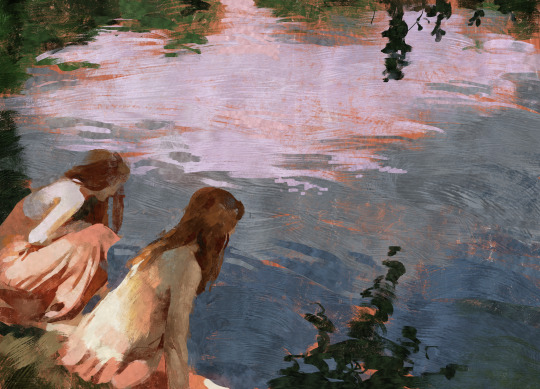
2K notes
·
View notes
Text

Sharing this because it is relevant to ANY industry, but I feel there are a lot of art kids out there who are also listening to that voice in our heads that we need to ignore. Do the thing. Apply for the job. Even if your work isn’t up to someone’s standards. If you keep applying and improving over time, someone is gonna notice. Someone is gonna remember and that becomes a separate portfolio/resume all its own.
2K notes
·
View notes
Text
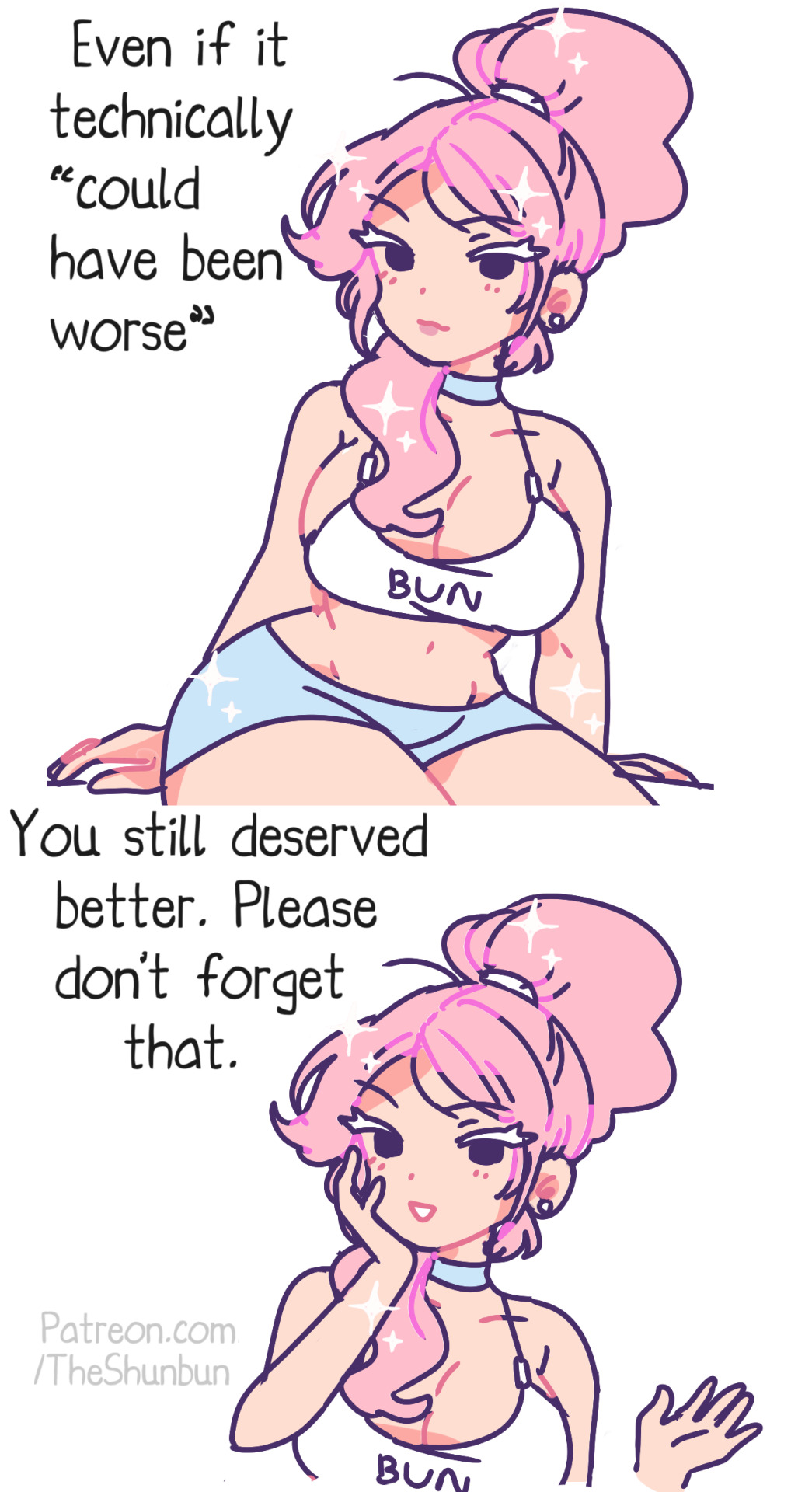
Just a potato princess ready to serve~♡
#shunbun#kawaii#tato#potato#comic#kawaii potato#shun#theshunbun#art#artwork#oc#gentle#reminder#friendly reminder#note to self#gentle reminder#positivity#self reminder#life advice#soft#gentle reminders#pink#pastel#pastel aesthetic
4K notes
·
View notes
Text
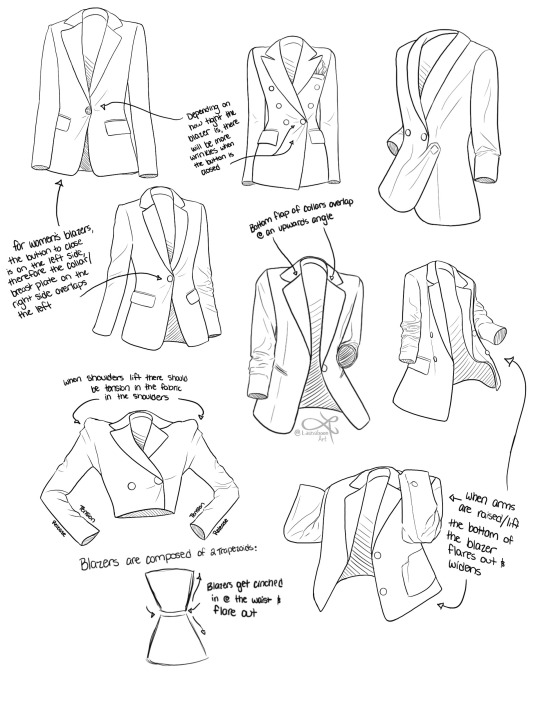


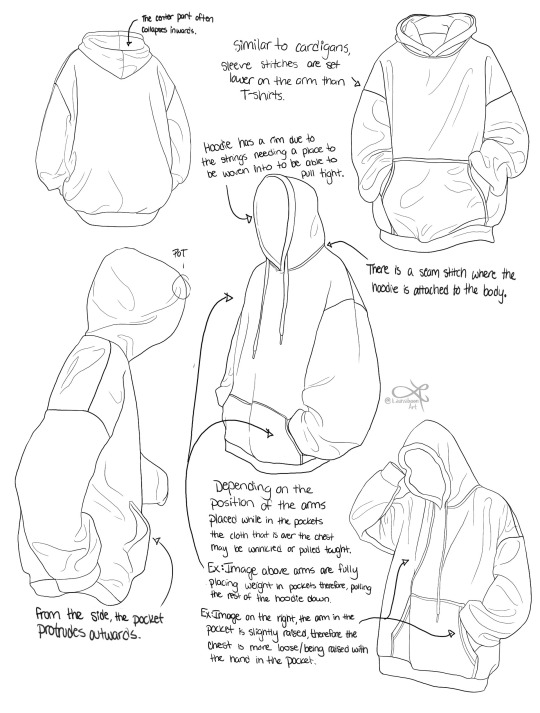
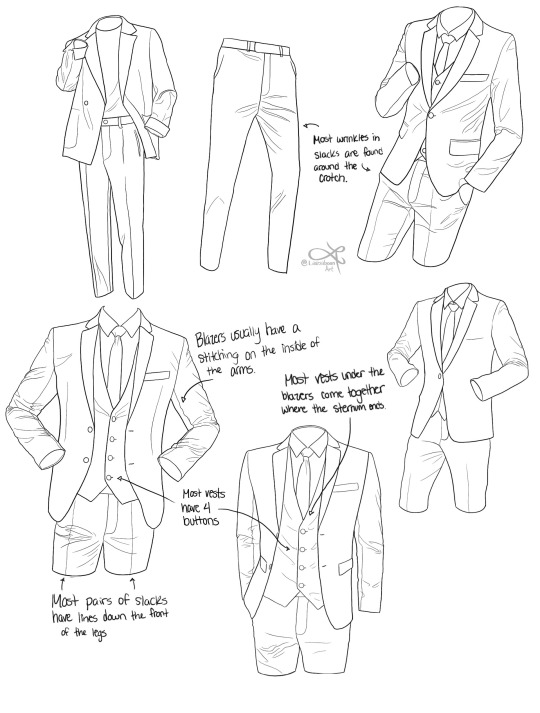
I'm currently doing an online art school program and I thought I'd share some notes on clothing pieces for anyone else whose like me and for some reason can't understand objects with free from lol I hope you find some of these observations/ notes useful for any of your art journeys!
#art reference#reference#art tutorial#art tips#art resources#art advice#drawing tips#drawing reference#clothing reference#how to draw clothes#drawing#how to draw#drawing tutorial#art education#art help#clothing#fashion drawing#art school#artists on tumblr#art community#art study
19K notes
·
View notes